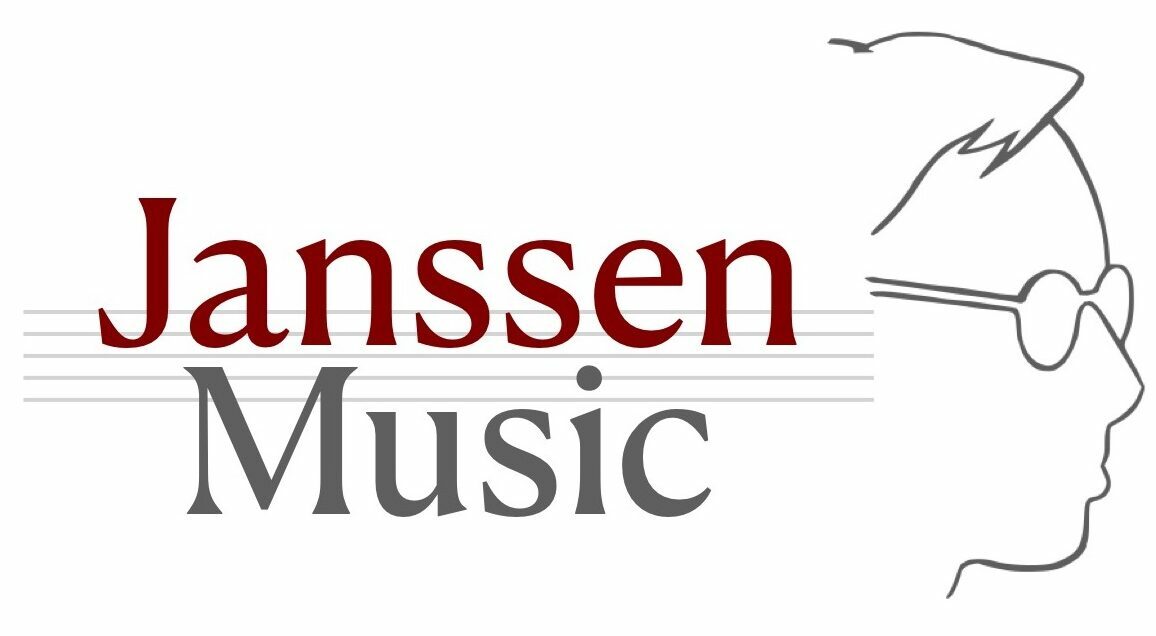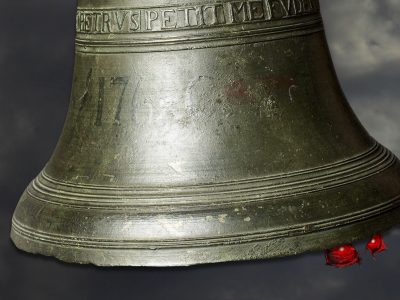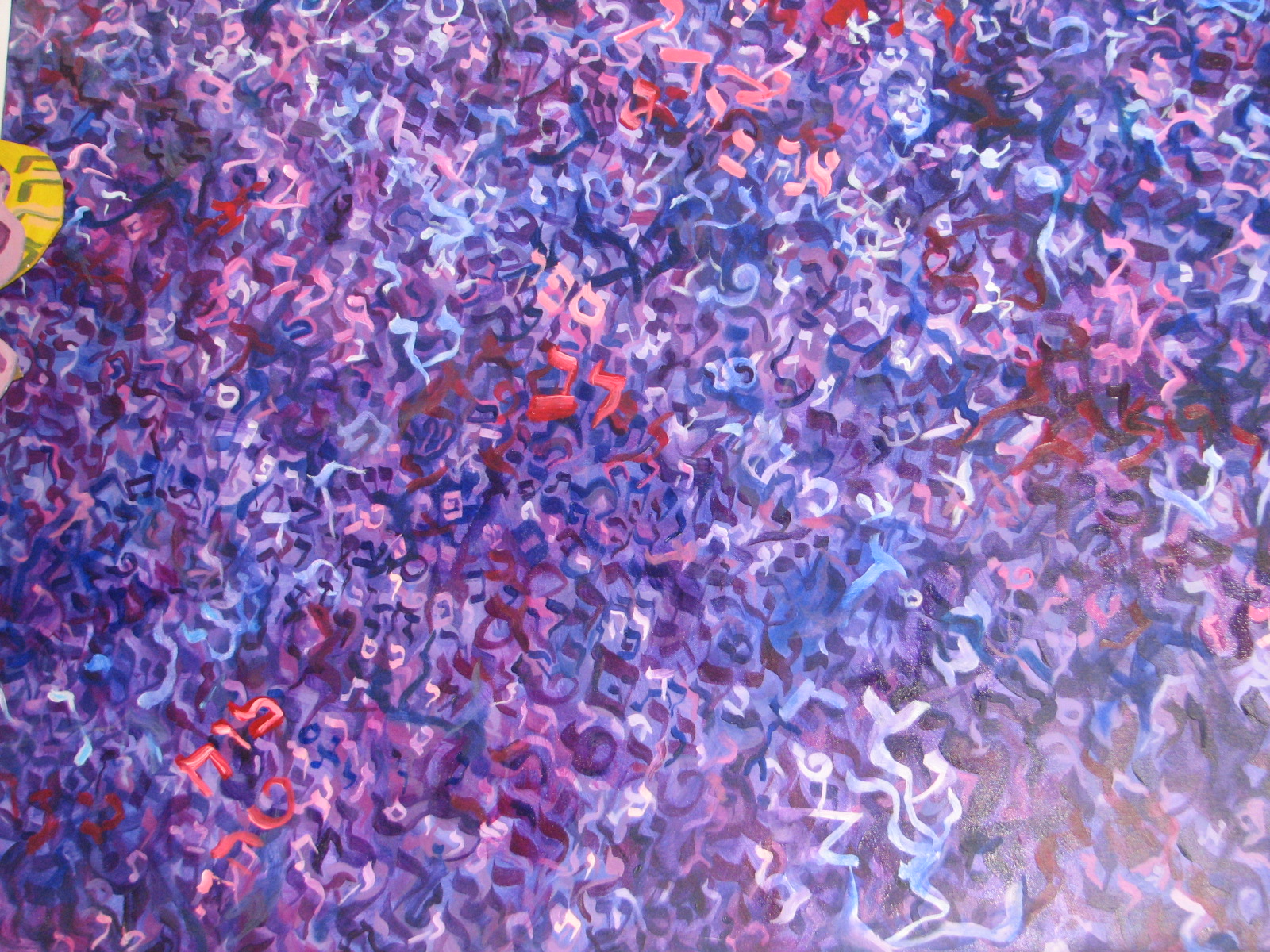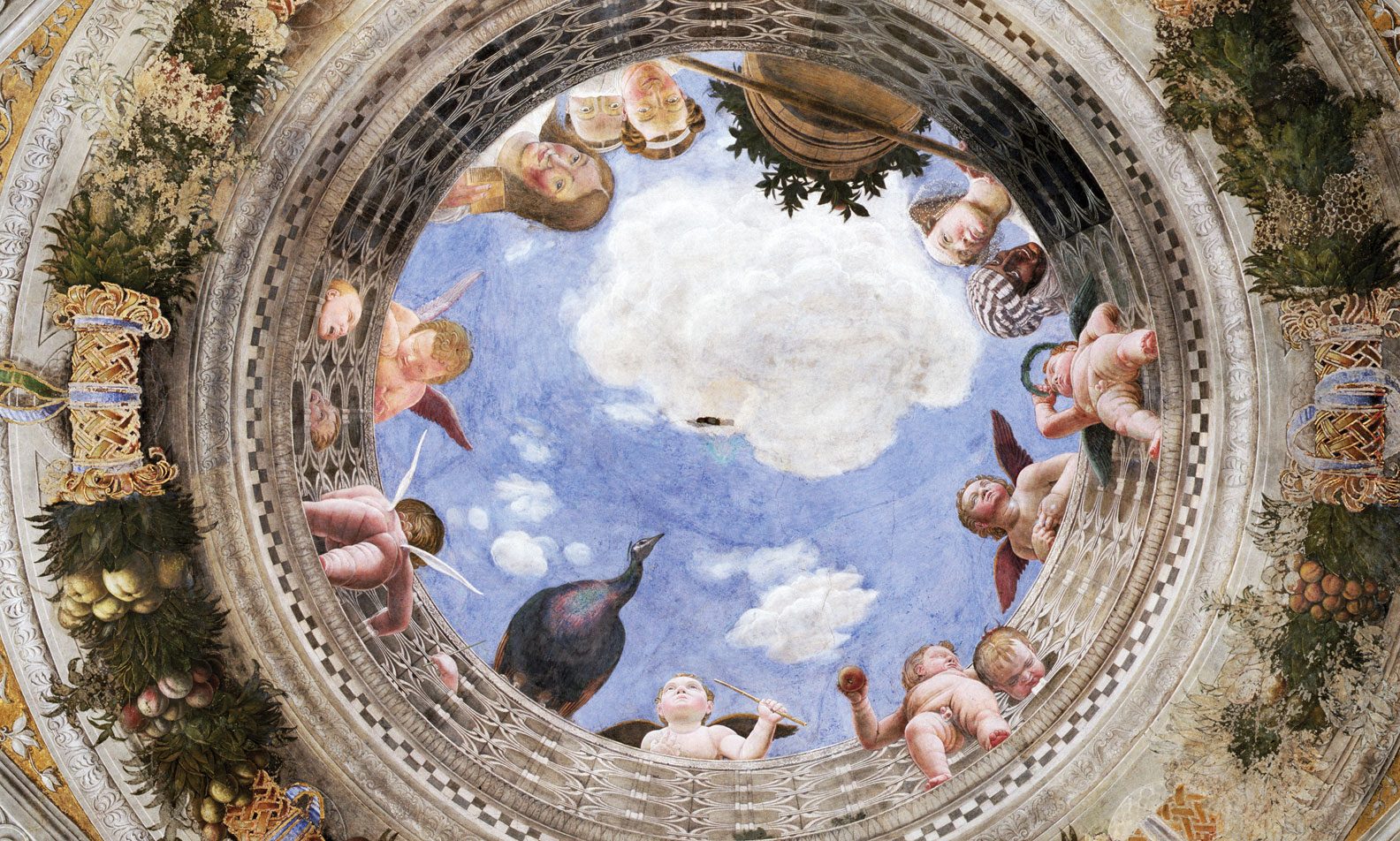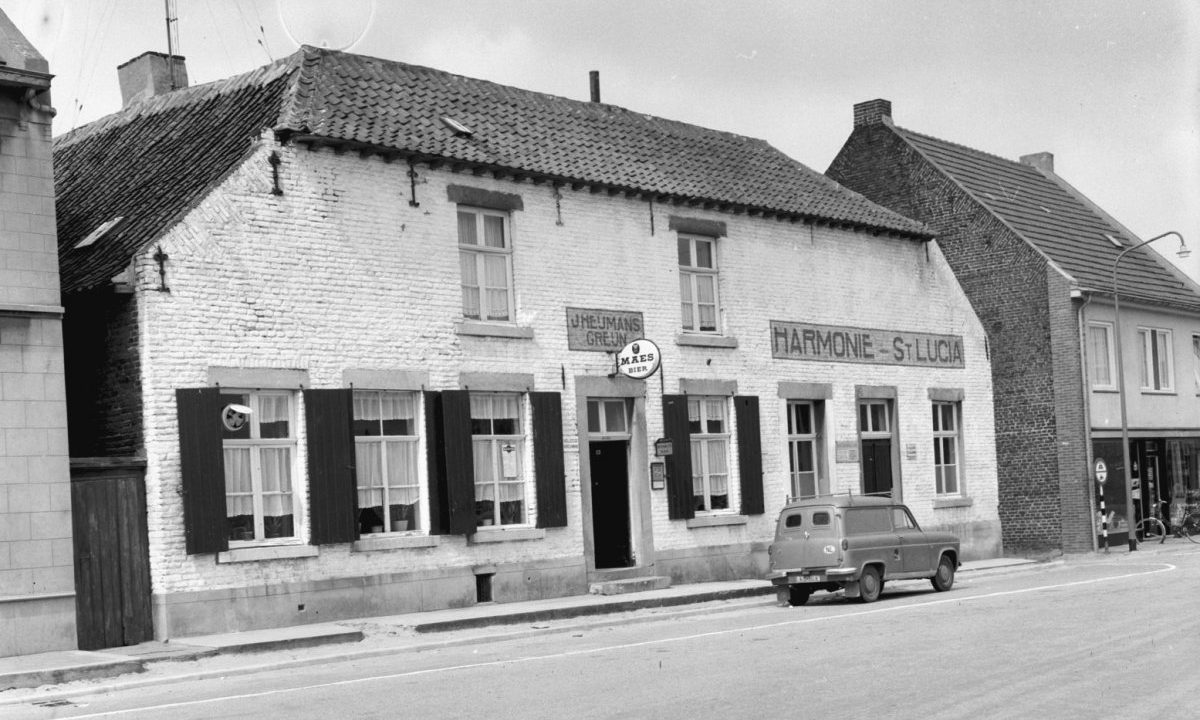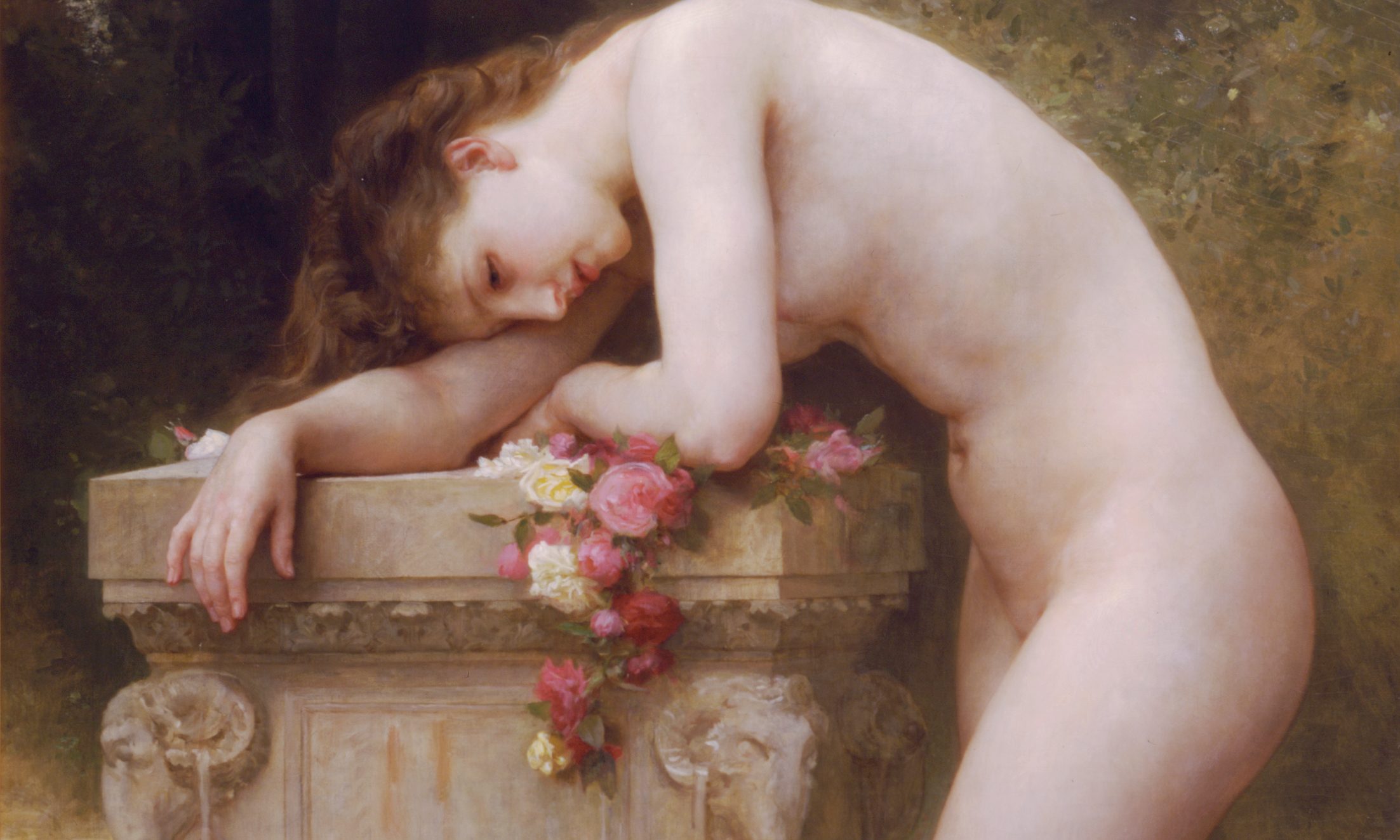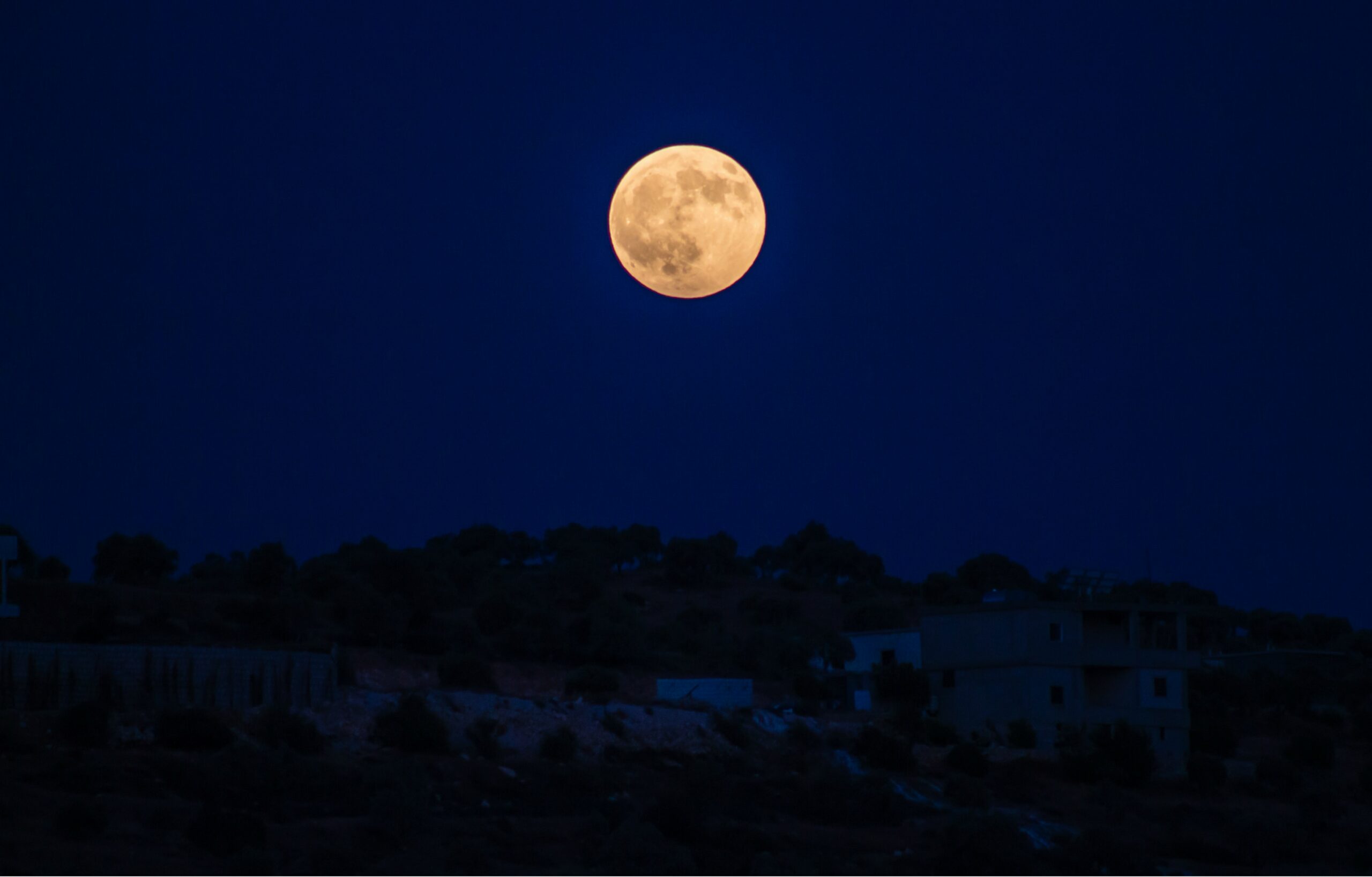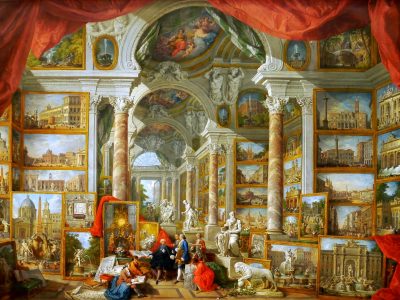Mythical Creature(s)
Concerto for Horn and Wind band.
In the Chinese mythology there are four heavenly animals.
- The Chinese Dragon
- The Phoenix
- The Turtle
- Ki-Lin (unicorn)
In this concerto for horn all of these heavenly animals are presented. The hornist is a kind of storyteller and evaluates to a mythical creature as well. The concerto contains four movements:
1. The Chinese Dragon – (Long)
The Chinese dragon is one of the four heavenly animals and would also be the founder of the Imperial Family.
Dragon Queens provides rain, rivers, lakes and seas. They represent wisdom, strength and goodness. An angry Long Wang causes storm, fog and earthquakes. He protects fishermen and watercourse, but punishes wasters of water. One of them is Pan Long, it lives in the ocean. It seems to be the seahorse we all know today.
2. The Phoenix – (Feng Huang)
His song would be the source of the Chinese scale. Feng Huang lives with Ki-Lin (see also 4th movement) in the Hills of Vermilion. Only in peaceful times, or when a great wise or good emperor is born, the Feng Huang leaves the Land of Immortals to announce prosperity, accompanied by many other birds who honour him as the most beautiful.
3. The Turtle – (Wugui)
The Turtle is one of the animals who was involved in the origin of the earth. It is seen as an oracle.
4. The Unicorn – (Ki Lin)
The unicorn is an animal with male (Ki) and female (Lin) powers. It’s voice is like a church bell. It was born in the heart of the earth and lives behind the clouds. It appears only to announce important events or births. (Just like Feng Huang (2nd movement)).
-
 Mythical Creature(s) / Digital Set€ 145,00 excl. VAT
Mythical Creature(s) / Digital Set€ 145,00 excl. VAT -
 Mythical Creature(s) / Digital Score€ 41,00 excl. VAT
Mythical Creature(s) / Digital Score€ 41,00 excl. VAT
